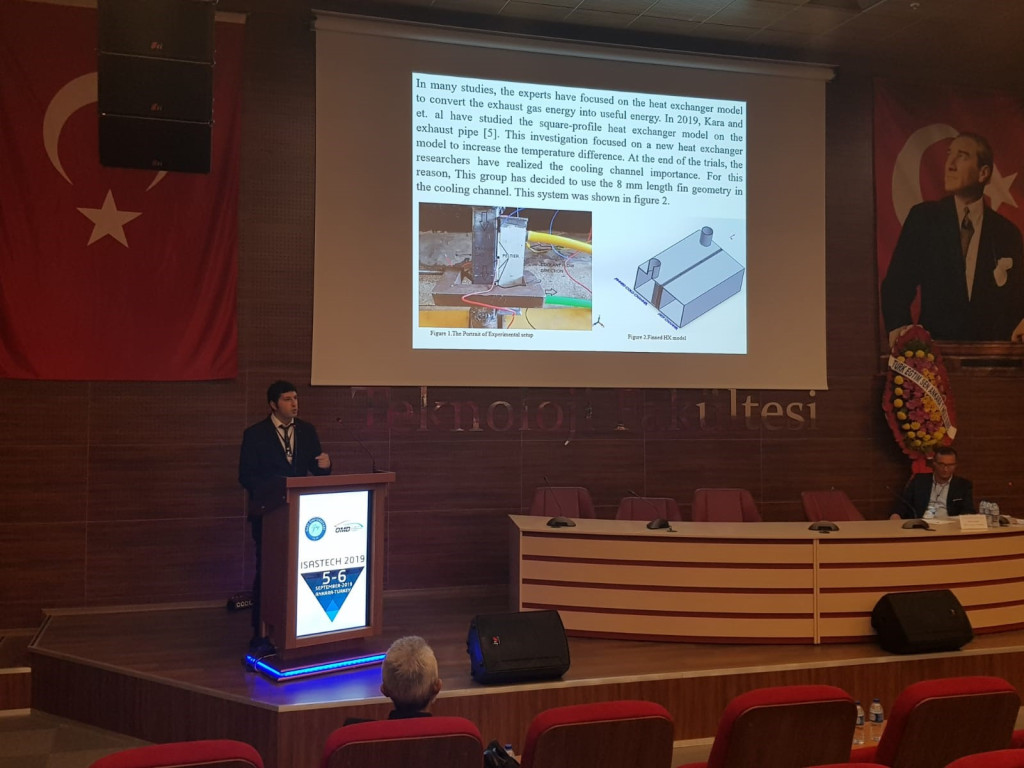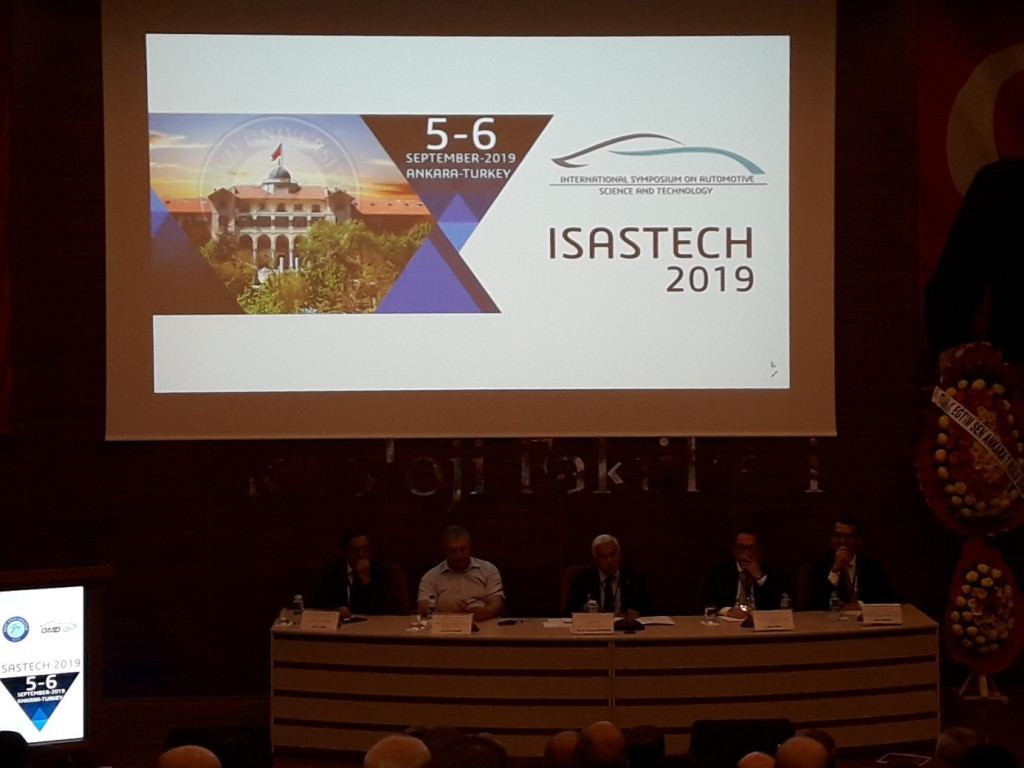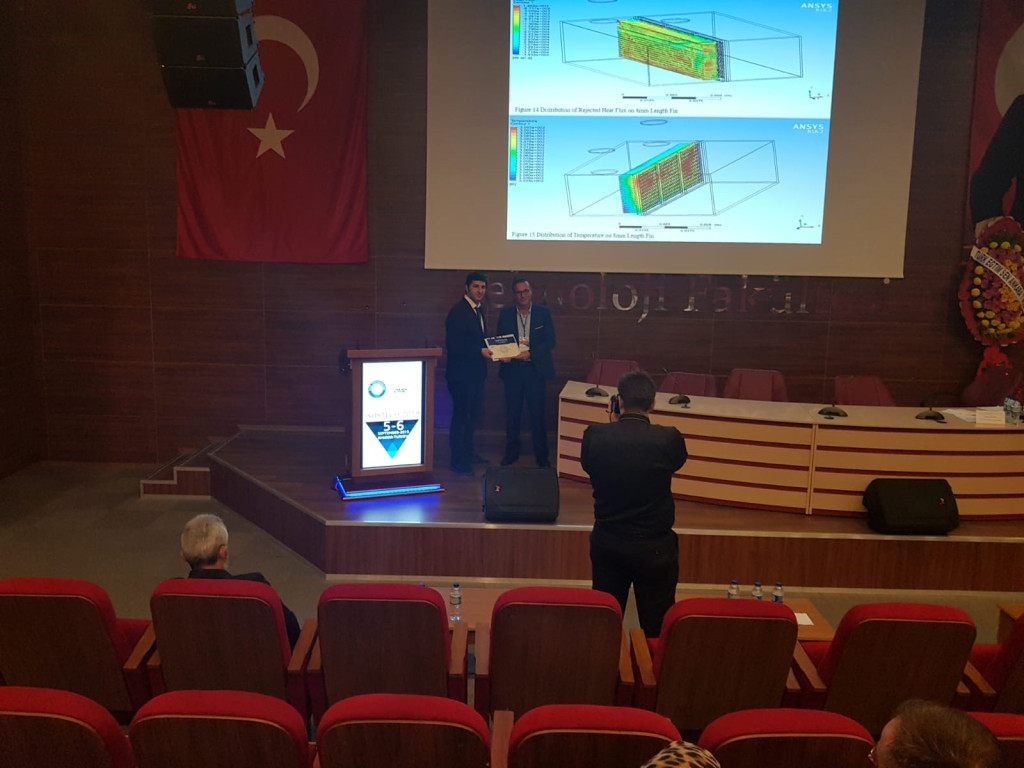We Have Attended The ISASTECH-2019
06.09.2019
As Atılım University Automotive Engineering Department, we had been invited to International Symposium on Automotive Science and Technology (ISASTECH-2019) organised by Otomotiv Mühendisleri Derneği (Turkish Society of Automotive Engineering) and Gazi University, that was hold on September 5 and 6, 2019 in the conference halls of Gazi University.
In addition to bringing together academicians, engineers and industry representatives conducting R & D activities in the "automotive" subject, symposium also enables discussion of the latest developments about the sector and possible and necessary staff formation and cooperation in according to the foreseen solution(s).
The presentation that Research Assistant Ozan Tekin, in our department, made on September 5, 2019 during the conference to which we had applied and attended with the journal titled “CFD Analysis and Optimal Sizing of Finned Surface on a Novel Combined Turbine-Peltier System" has been receiving positive feedbacks. A detailed description of the presentation is available below.
Abstract
CFD Analysis and Optimal Sizing of Finned Surface on a Novel Combined Turbine-Peltier System
Ozan Tekin*, Emre Kara** and Mehmet Sait Soylemez** *Atilim University, **Gaziantep University
Energy efficiency and environmental pollution are the main and up-to-date drawbacks of the automotive industry. Due to lack of efficiency and excessive emissions of currently used internal combustion engine (ICE) configurations, scientific studies should be focused on the improvement of those engines. Exhaust gas contains a considerable amount of heat energy in ICEs’ manifold exit. In literature, lots of studies can be surveyed in which it was tried to convert this heat energy into useful energy. Thermoelectric power generator (TEG) is one of the most used converting systems in this study field. P-type and N-type semiconductors are used in TEG that can generate power using temperature differences between the surfaces of the semiconductor. ZT value is a remarkable parameter of TEG efficiency. ZT value depends on the Seebeck coefficient, temperature difference, thermal conductivity, heat transfer coefficient, and density. Owing to the increase in the temperature difference between the surfaces, the converted energy amount can be increased by changing the type of semiconductors and geometry of the heat exchanger. Moreover, recent studies about fin efficiency have shown that fin efficiency is related to fin sizing. For this reason, the current study has been focused on finding the optimum dimensions in the cooling system. Consequently, this study found out optimum fin length and thickness using CFD method for the developed turbine-Peltier system.




